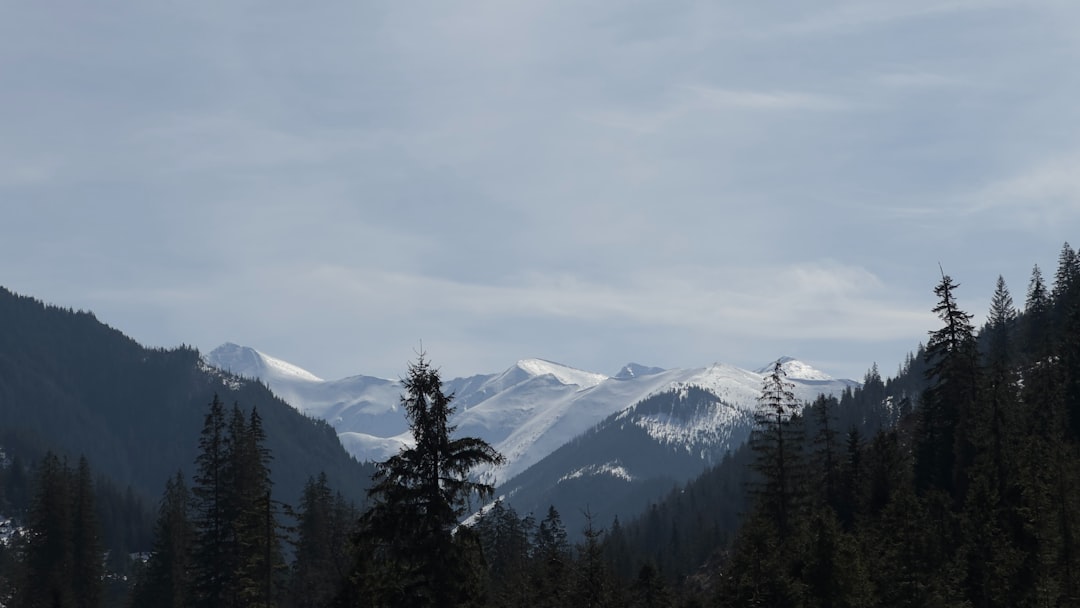Unveiling the Secrets of Desert Landscaping

Desert landscaping is a unique and captivating art form that combines the beauty of arid regions with practicality. In this article, we'll explore some invaluable tips and tricks from a professional landscape designer to help you create a stunning desert landscape.
One of the first things to consider when planning a desert landscape is the selection of plants. Native desert plants are the obvious choice as they are well - adapted to the harsh desert conditions. Succulents, such as cacti and agaves, are not only drought - tolerant but also add an interesting texture and shape to the landscape. For example, the prickly pear cactus with its flat, paddle - like segments and bright yellow flowers can be a focal point in any desert garden. Yuccas are another great option. Their long, sword - shaped leaves and tall flower spikes can create a dramatic effect.
Soil preparation is crucial in desert landscaping. Desert soils are often sandy and low in nutrients. To improve the soil quality, you can add organic matter such as compost or well - rotted manure. This will help the soil retain moisture and provide essential nutrients for the plants. A layer of mulch on top of the soil can also be beneficial. It helps to reduce evaporation, suppress weeds, and keep the soil temperature more stable. Gravel or crushed stone make excellent mulches in a desert landscape as they blend well with the natural surroundings.
Water management is perhaps the most important aspect of desert landscaping. Since water is scarce in desert regions, it's essential to use it efficiently. Drip irrigation systems are a great choice as they deliver water directly to the plant roots, minimizing waste. You can also group plants according to their water needs. This way, you can avoid over - watering some plants while under - watering others. For instance, place high - water - need plants together in one area and low - water - need plants in another.
When it comes to hardscaping in a desert landscape, there are many options. Rocks and boulders can be used to create natural - looking features such as rock gardens or dry creek beds. They can also act as windbreaks and provide shelter for small animals. Pavers or flagstones can be used to create walkways and patios. These not only add functionality but also enhance the aesthetic appeal of the landscape. You can choose materials that blend with the desert colors, such as earthy browns and tans.
Lighting is an often - overlooked element in desert landscaping. Proper lighting can transform your desert garden into a magical place at night. Solar - powered lights are a great option as they are energy - efficient and easy to install. You can place them along walkways, around plants, or on top of rocks to create a warm and inviting atmosphere. Uplighting can be used to highlight tall plants or architectural features, while downlighting can be used to illuminate paths and seating areas.
Another important consideration is the maintenance of your desert landscape. While desert plants generally require less maintenance than other types of plants, they still need some care. Regular pruning is necessary to keep the plants healthy and looking their best. You should also remove any dead or diseased plant material promptly to prevent the spread of pests and diseases. Additionally, checking the irrigation system regularly to ensure it's working properly is essential.
In conclusion, creating a beautiful desert landscape requires careful planning and consideration. By following these tips and tricks from a professional landscape designer, you can transform your outdoor space into a desert oasis. Whether you're a seasoned gardener or a beginner, the unique charm of desert landscaping is sure to captivate you and your guests.